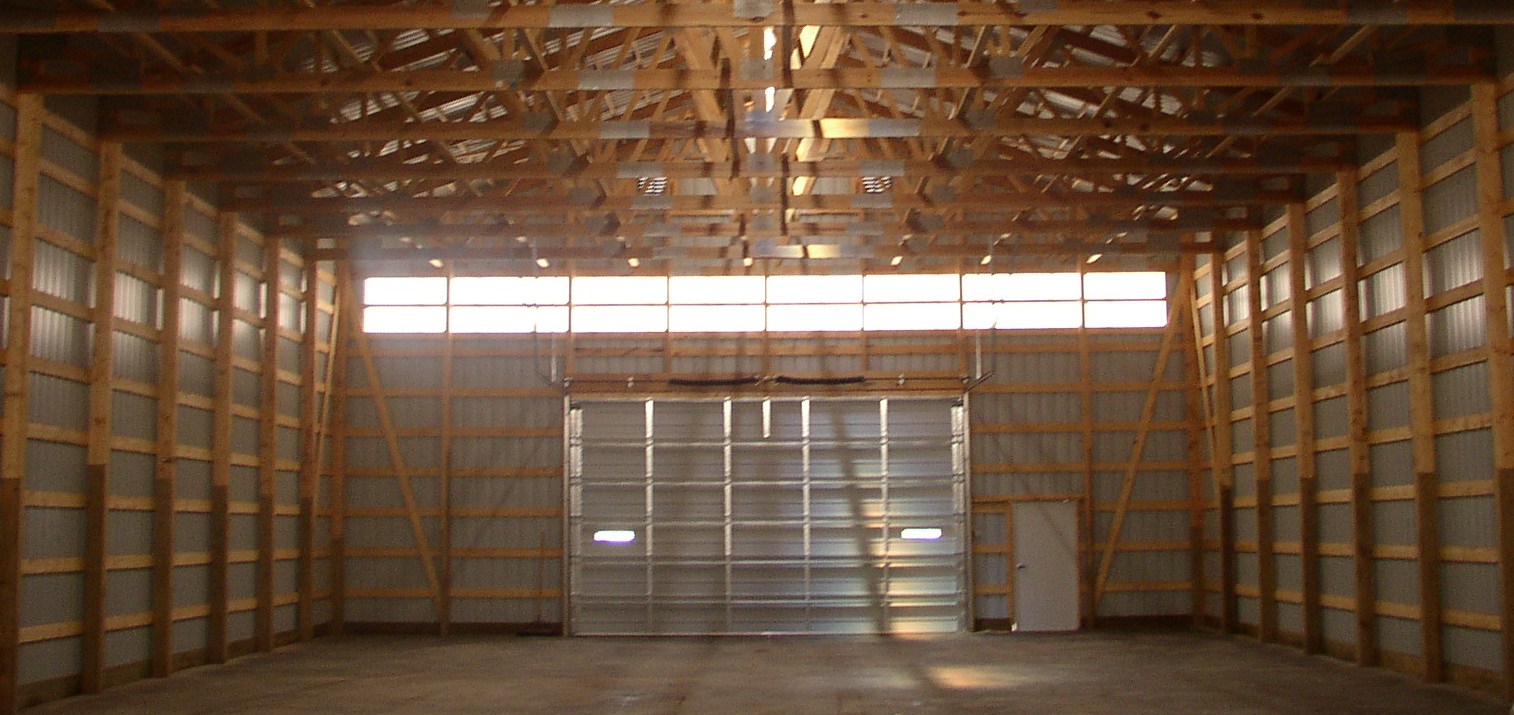…in the form of melting temperatures this past week, not much new snow predicted, and access to loans for snow-related collapses to farmers in the State of Minnesota.
The latest forecast of snow discussion limits upcoming snow potential to areas around the Great Lakes in the form of lake-effect snow:
Probabilistic Heavy Snow and Icing Discussion
NWS Weather Prediction Center
College Park MD 402 AM EDT Fri Mar 15 2019
Valid 12Z Fri Mar 15 2019 – 12Z Mon Mar 18 2019
In the lee of the Great Lakes, deep cyclonic flow in the wake of the low lifting into northern Quebec will support lake-enhanced snow showers, with some models signaling the potential for significant accumulations across the western U.P. of Michigan on Friday. Apart from this area, models show little threat for snow accumulations exceeding 4-inches or more across the Lower 48 through the short-term period. Models also show little potential for widespread freezing rains, with significant ice accumulations not expected.
Here’s an interesting progression of Snow Depth over the past 4 weeks based on the National Snow Analyses NOHRSC site. Again, this is snow depth estimates on the ground. Snow depth on buildings on a scale like this is unavailable to my knowledge and would likely vary too much locally based on each building’s features to be represented in this way.



Flooding is now the bigger concern in many areas as the melting snow has turned to water on the move, over frozen soils in most places, creating severe drainage problems as the amount of water getting to streams and rivers is sudden (due to widespread melting) and is not mitigated by much saturation into the ground between the source and the waterway.
I hope we’re through the worst of it regarding snow dangers for this winter, but something tells me this winter has more of a story to tell. Buildings that retain some or most of their snow over the next quiet period could be vulnerable to collapse when additional snows fall later this month or early in April.
Be safe out there!
– Aaron
